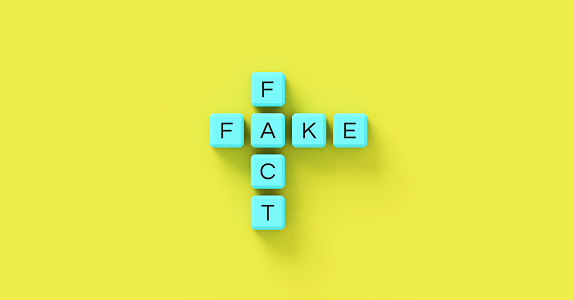Advertisers spending $2.6 billion on misinformation sites worldwide | WARC | The Feed
The Feed
Read daily effectiveness insights and the latest marketing news, curated by WARC’s editors.
You didn’t return any results. Please clear your filters.

Advertisers spending $2.6 billion on misinformation sites worldwide
Despite ongoing efforts from across the industry, a new analysis from NewsGuard and Comscore finds that publishers of mis- and disinformation are hoovering up serious money mostly through programmatic.
Why it matters
Brand safety remains a vital issue to address, but lists of trusted sites and human oversight can help to stop ad dollars going to bad actors.
What’s happening
The research, a release for which can be found here, notes that major advertisers whose money has ended up with these outlets are doing so unintentionally, a result of a “byzantine” programmatic advertising process that gives brands little idea of where their dollars are going.
Details
- It’s important to put this in context. The $2.6 billion is NewsGuard and Comscore’s estimate that 1.68% of display ad spending (the partnership puts this total at $155 bn) across a sample of 7,500 sites studied.
- The problem is particularly acute in the US, the researchers believe, with the country’s vast $96.89 billion programmatic market sending an estimated $1.62 billion to misinformation sites.
- This would suggest that for every $2.16 of digital adspend sent to legitimate news organisations, US advertisers are sending $1 to misinformation.
- However, because certain digital platforms that control a large share of the advertising market don’t make their data public on how much ad revenue they deliver to particular misinformation sites each year, it’s impossible to calculate a precise amount.
- The other issue is that, as the recent news of YouTube banning Sky News Australia for contravening its COVID misinformation policy and the news site now facing a parliamentary inquiry, even seemingly reputable organisations can produce misinformation.
What to do
- The solution to a technological problem is unlikely to be more technology. Human audits are key to rooting out spend on misinformation.
- Build guardrails through a list of trusted, credible news organisations that are not only brand-safe, but also help to fund quality reporting.
Sourced from NewsGuard and Comscore, Financial Times
Email this content
